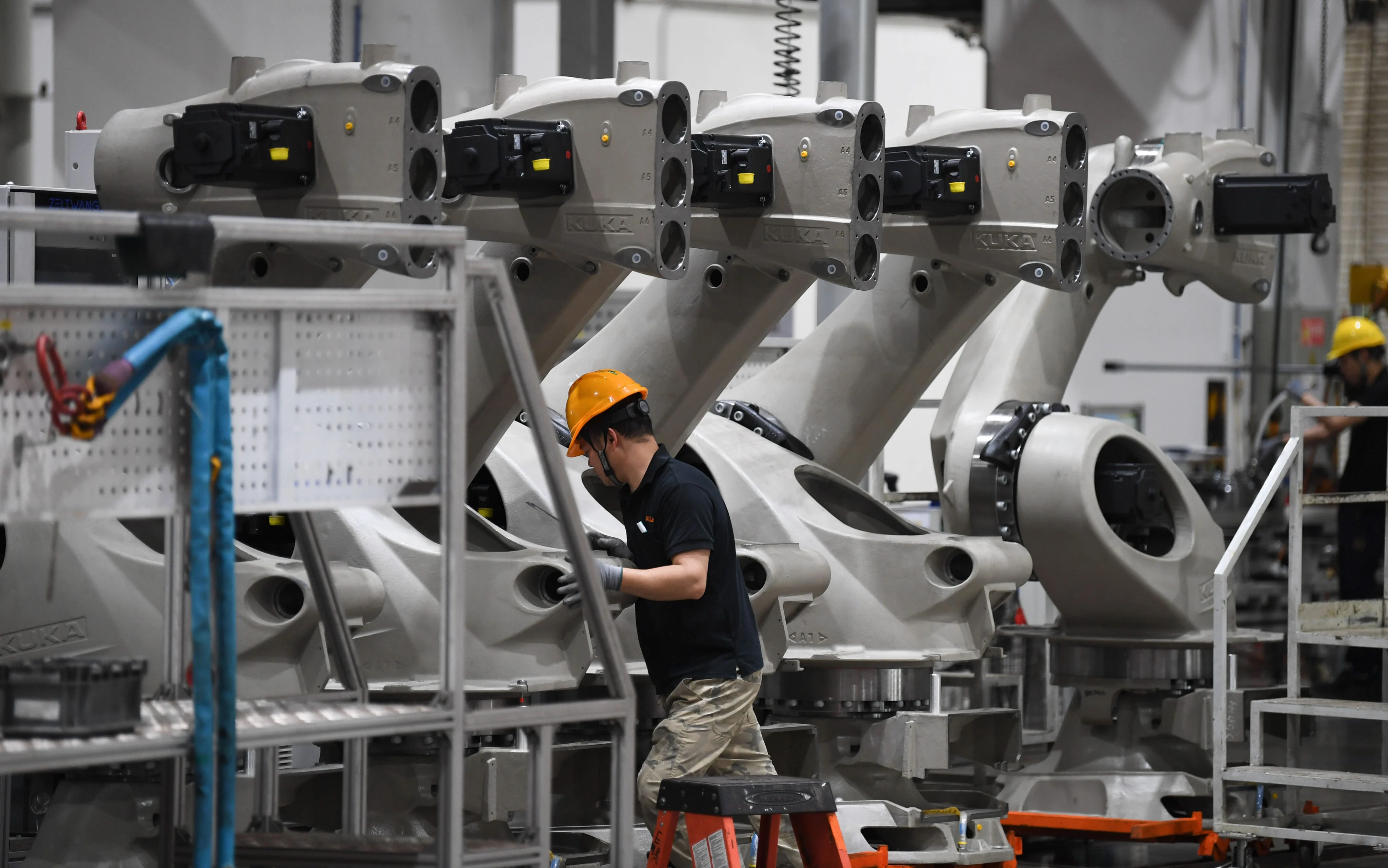Copyright scmp

Cheers erupted inside Xiaomi’s gleaming electric vehicle factory on the outskirts of Beijing when it recently welcomed its 100,000th visitor of the year – a tourist from Nanjing. The milestone, announced on the company’s Weibo account, came after it opened part of its car production facilities to the public in April 2024 – turning a once-secretive factory floor into one of Beijing’s hottest new attractions. Xiaomi now plans to increase public tours to 111 sessions a month in November, the company said. From assembly lines to aviation and robotics bases, industrial tourism is reshaping how Chinese consumers connect with the country’s advanced manufacturing sector. On social media, hashtags like “factory tours”, “industrial tourism” and “super factory visits” have gone viral, with young people flooding platforms with videos from production sites. “Tens of thousands apply for each open-house event. After waiting over half a year and applying over ten times, I finally got selected,” a female internet user shared on the social media platform RedNote. In her post, she expressed awe at a workshop filled with hundreds of robots operating in tandem, adding that she hoped her son would one day work in the sector. According to data from Trip.com Group, industrial tourism was among the top travel trends during the National Day holiday, with visits to aviation, automotive and aerospace plants accounting for over 20 per cent of related searches. Industry research company ChinaIRN projects the sector will grow at an average annual rate of 18 per cent over the next few years, surpassing 300 billion yuan (US$42.2 billion) by 2029. As the only country worldwide to cover all UN-recognised industrial categories, China’s vast manufacturing base offers abundant resources to fuel the boom. Analysts said the rise of tourism in the sector reflects shifting consumer tastes and growing industrial confidence. Younger generations want hands-on experience of Chinese manufacturing – from chip production lines to new-energy factories – and it is widely discussed on social media, according to Simon Zhao, who has led hundreds of university students on such tours. “Industrial tourism aligns closely with national strategy, deepening public understanding of technology and manufacturing upgrades while boosting social acceptance of industries,” Zhao said. Opening factories to the public serves both visitor demand and commercial interests, he added. “By combining a ‘tour + research + consumption’ model, companies can promote their brands while creating new revenue streams. We can expect firms from emerging industries to follow.” Tsingtao Brewery is a prime example, with its museum and production lines attracting over 1.8 million tourists in 2024, generating more than 200 million yuan (US$28.2 million) in revenue. Local governments are also embracing the trend. The capital Beijing recently issued an action plan for 2025-2027 to promote industrial tourism, encouraging enterprises to transform factory sites, industrial estates and heritage complexes into new landmarks that combine tourism, shopping and interactive experiences. The city welcomed about 15 million industrial tourists in 2024, generating 1.7 billion yuan in revenue, and targets 20 million tourists and 3 billion yuan in annual revenue by 2027, the Beijing Daily reported. “These visits may have a propaganda purpose, but they’re genuinely interesting. Visitors – whether Chinese or foreign – can gain insight into China’s industrial and economic transformation,” Susan Zhu, a tourist from New York, said.



